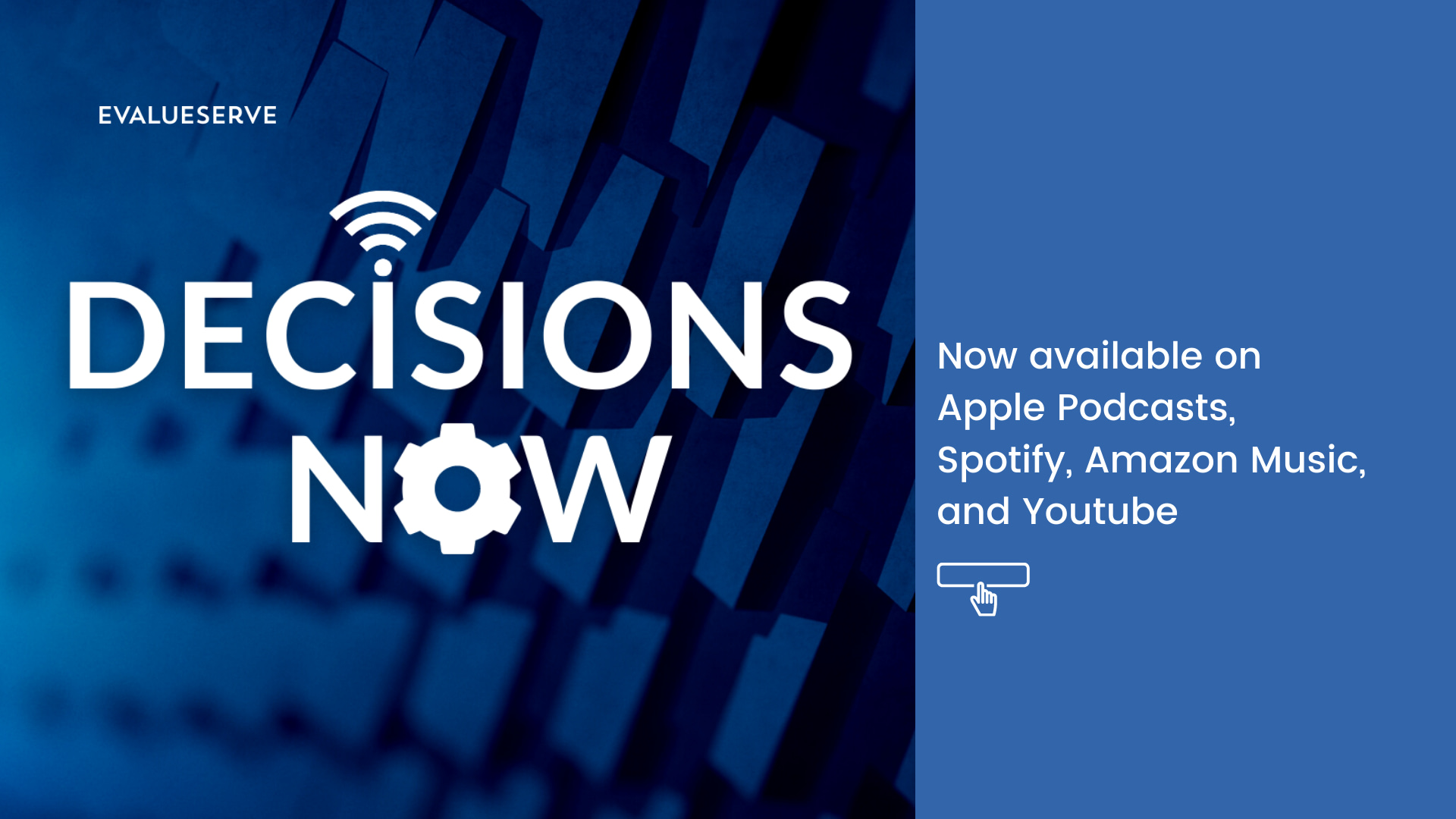The COVID-19 pandemic accelerated changes in the workforce faster than anticipated, disrupting many entities and forcing workforce crises. In this episode, Ben Waber, president, and co-founder of Humanyze shares how leaders and managers can maintain leading talent management practices by using behavior and people analytics backed by AI and data.
Co-hosts Rigvinath Chevala, EVS chief technology officer, and Erin Pearson, VP Marketing chat with Waber about the specifics of behavioral analytics, the process of analyzing data, data bias, and retraining algorithms. Subscribe to the Decisions Now podcast today, you can find us on Spotify, Apple Podcasts, and Amazon Music among other platforms.
Behavior Analytics
Analyzing the data on people’s behaviors can provide insights into their actions, especially in the workplace.
“The idea behind these kinds of analytics is to try to use data about how people interact and collaborate at work and think about email, chat, meaning data, but also sensor data about the real world, really using all the systems that we use to work, generate so much information about how work happens,” Waber said.
It’s not too uncommon for departments to not have easy access to other departments in the organization. We may not know how often the marketing team interacts with the leadership, and more than often management can’t answer that question unless they look at the available data, which they can use to make decisions.
Due to the pandemic and remote working becoming the norm, Waber had a few observations to share about work dynamics.
“If a team that works remotely on a project together, if they meet in person at the start of the project, their dynamics are significantly different than if they don’t do that,” Waber said.
For organizations, this could mean a hybrid work model where employees interact once a month or as needed in person.
While there isn’t a vast amount of data yet on the topic, some things became apparent, remote working worked well for organizations that required more cross-collaboration efforts. However, it was also harder to make deeper ties when working remotely in comparison to in-person interactions.
The initial benefit of behavior analytics in the workplace is to make better decisions, however, Waber states in the long term it is to make them faster.
“I’d argue it’s probably even more valuable just to be able to say very, very quickly, hey, this decision didn’t work out, the strategy isn’t working, let’s try something else, and to be able to quickly experiment and iterate,” he added.
Understanding behavior analytics in your organization can help you understand trends surrounding retention, performance, budget and more so you can pinpoint what changes you can implement to drive better results.
Knowing the Context of People Analytics
“Recently, I heard about a nice categorization in AI where there are document-based AI and then people-based AI,” Chevala said. “The data or the information that’s generated by people is quite different from the structured kind of documents, I’d say, it’s a sub-segment and it’s a harder problem to crack.
Computers are good at understanding certain classes of data but not others, and machine learning algorithms may be appropriate for solving some problems and not others, Waber mentioned.
When looking at people or behavioral data, it’s essential to know your tools, be extremely cautious with the vast data and hone down the prediction or question you’re trying to figure out.
Waber shares an example of figuring out employee attrition levels in a particular department.
“I can find something that predicts it extremely accurately, but is it real? Is it actionable? Like, that’s always the question,” he said. “These are predictions that need to be acted on by people.”
When it comes to people-related management systems, Waber advises not to make the process completely automated to avoid missing the context of what’s going on.
Biases With AI
About 85% of AI projects by 2022 will deliver incorrect results due to biases in data, algorithms, or the teams, a 2018 Gartner report stated.
Pearson asked Waber how to avoid biases when using historical data which may have racism built into it.
“There is always bias in data, always. And no matter how much work you do to try to remove it or minimize it, things will still exist that you don’t know about,” Waber said.
Businesses should use algorithms and tools to track patterns and then combine them with contextual business knowledge from experts to avoid errors. It’s essential to routinely retrain your algorithms as well to avoid bias as time passes.
“We’ve done a lot of work to make sure that these, you know, analytics are validated, that they are predictive in a wide variety of circumstances, but again, not in 100% of circumstances,” Waber said.
Don’t miss this resourceful conversation on AI and behavior analytics with Ben Waber, subscribe to the Decisions Now podcast today!



